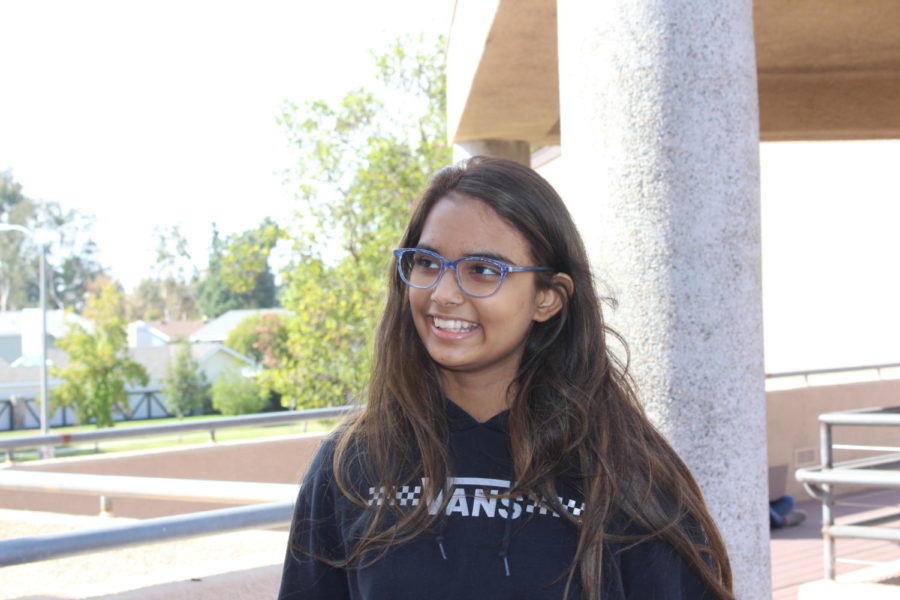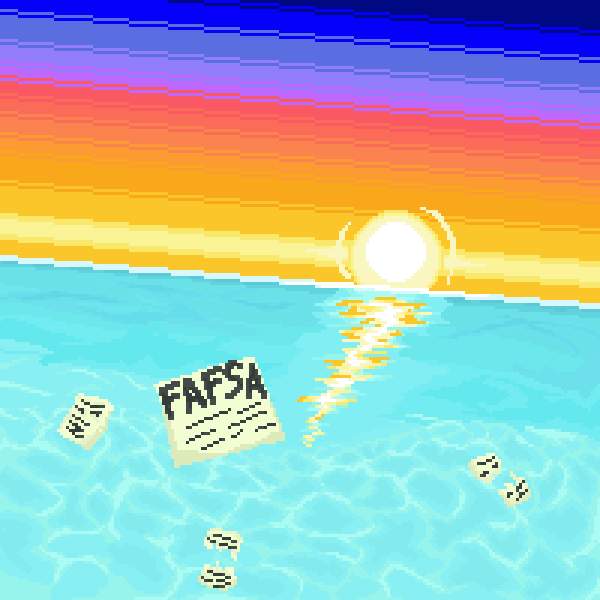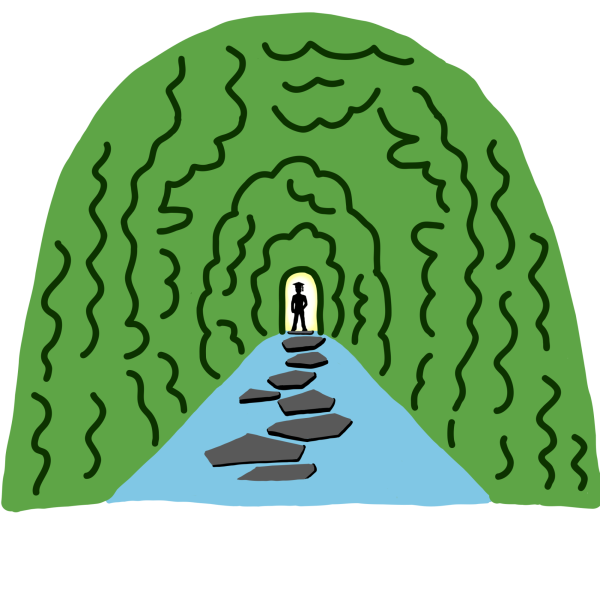Inside the Classroom: Investigating the Ways Students Learn Best
From collaboration in groups to online resources and more, Warriors on campus share their perspectives on what fosters an effective education
Sophomore Valerie Inamdar gives her opinions on collaborative work between students.
During this traditional school year, many students are striving to successfully rebound from last year’s distance learning, and may need to fill in the learning gaps caused by Covid-19.
Teachers at Woodbridge High employ a diverse array of strategies in their classrooms to help students grasp new concepts.
According to a Golden Arrow poll conducted in October 2021, 60% of students surveyed learn best through collaboration in groups.
“I do favor collaboration in groups, as it lends unique perspectives… [By] gaining multiple perspectives… we can connect more, but also learn together,” sophomore Valerie Inamdar said.
The engaging nature of collaboration-based learning seems to be appealing to students and can serve as a motivation for learning. While the traditional lecture format is preferable to some, learning styles that focus around group interaction are more popular.
The poll also uncovered that 56% of students surveyed prefer a combination of online and paper resources.
Junior Sabrina Rassouli shares her support for paper resources because of its affinity with in-person education. She adds, “When you have online resources, [it helps you] continue your learning and [develop] your understanding. If you need to review something that’s from class, you can always go online and find what you need.” Both paper and online resources may benefit students in different ways, and often, students are fortunate enough to have multiple options at their disposal.
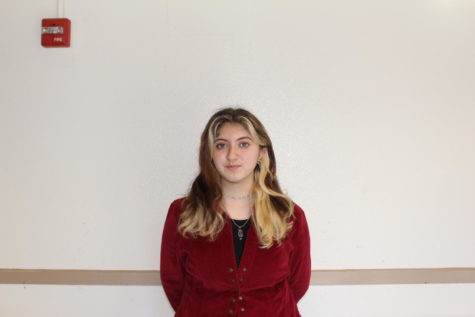
In addition, 83% of students surveyed say they learn best through a variety of activities. A variety of activities can make not only the learning more effective, but may also be more enjoyable for teachers to plan.
“Whether it be discussion or a mixture of discussion [and] lecture projects… I know that students learn better that way… We [teachers] like the variety. We like breaking things up. We like trying new things,” social science department chair and teacher Spencer Schwerdtfeger said.
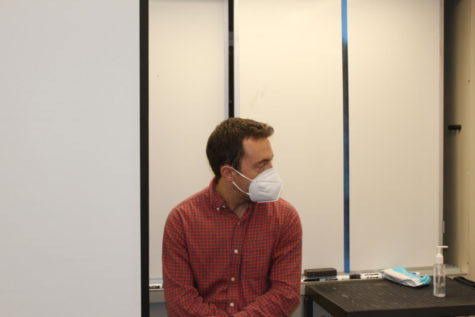
(Ruby Yang)
Lastly, polling found that 81% of students surveyed were in favor of social-emotional learning being a top priority in today’s schools. Social-emotional learning refers to the education surrounding social relationships and emotions.
“I definitely have experience with how mental health can affect my grades, especially [during last year and] being disconnected. [I was] not really being provided [with] the help that we [needed during] times of struggle… I saw how… my mental health affected my grade. So if… more people are more considerate and [are educated in] social-emotional [development], I think that will definitely help students,” Rassouli said.
While no ‘perfect’ learning strategy exists, there are notable patterns. Students are generally in favor of working in groups, experiencing a variety of resources and activities and accessing mental health resources.
As for specifics, Inamdar shares a possible idea in regards to social-emotional learning. “I feel like homeroom is a great place to start… [and also through] assemblies about mental health,” Inamdar said.
Your donation will support the student journalists of Woodbridge High School. Your contribution will allow us to purchase equipment and cover our annual website hosting costs.
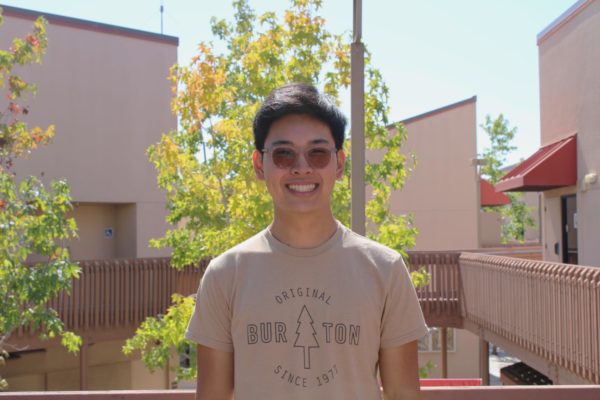
Hi Warriors! I'm Brandon and this will be my fourth and final year in journalism. I am so honored to lead our magazine this year and carry out our vision...
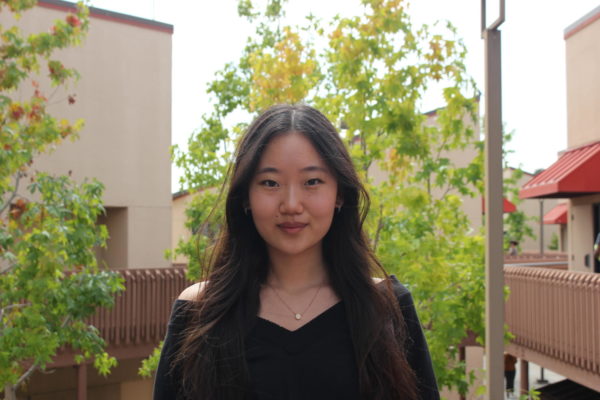
Hey Warriors! My name is Ruby Yang and I am so excited to serve as a Co-Editor-in-Chief. This is my fourth year in Golden Arrow and my second year as Co-EIC....



